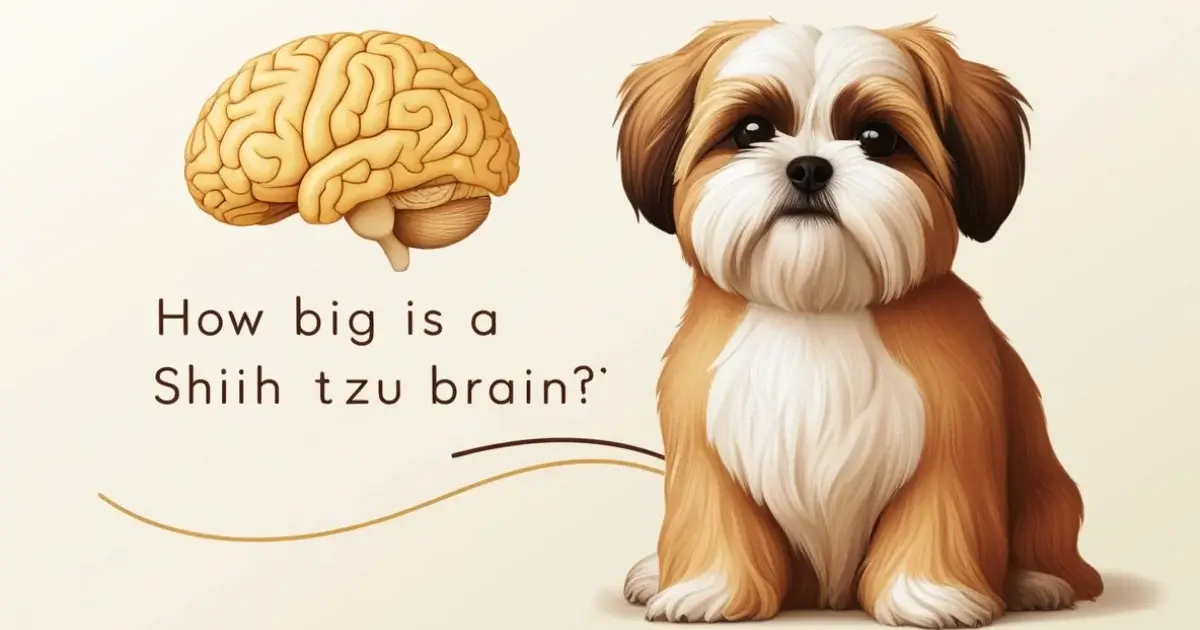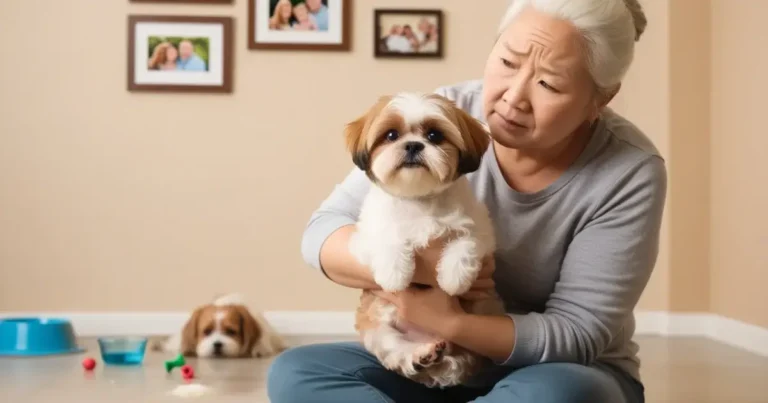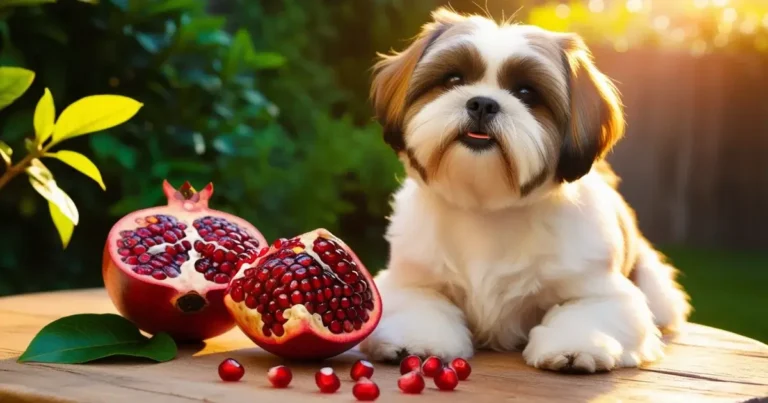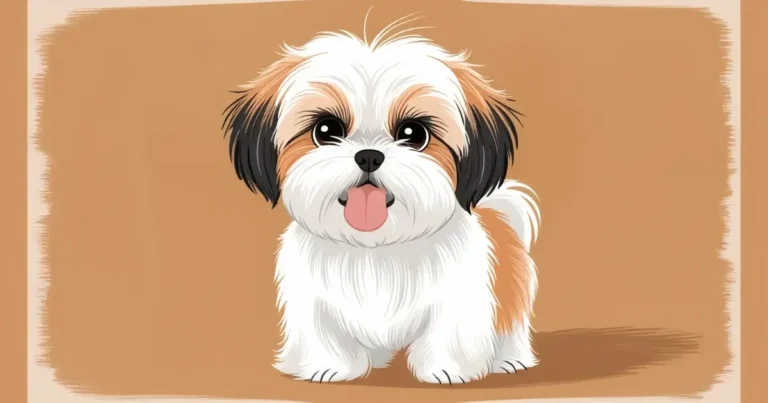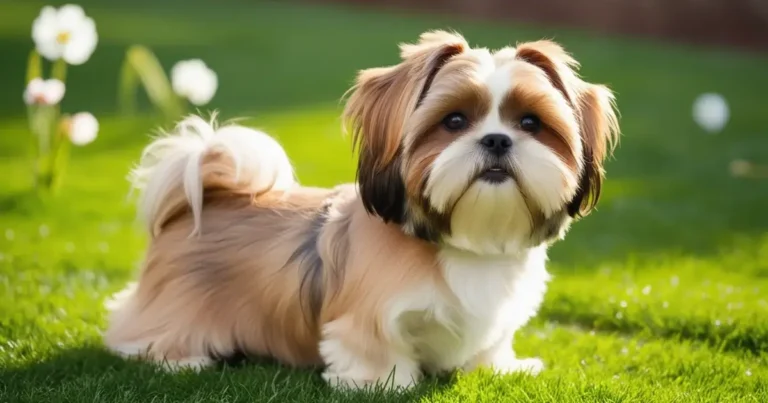How Big is a Shih Tzu Brain?
Shih Tzus are adored for their charm and loyalty. But have you ever wondered how big is a Shih Tzu brain? Despite their small size, their brains are remarkably capable. Here, we’ll uncover essential details about their brain size, features, and intelligence, backed by facts.
Table of Contents
Shih Tzu Brain Size Compared to Other Breeds
Average Shih Tzu Brain Size
The brain of a Shih Tzu weighs 70–80 grams (about 2.5 to 3 ounces) and has a volume of 3.3–4 cubic inches. This small yet efficient brain fits snugly in their compact skull, making it proportionate to their body size.

Comparison with Popular Breeds
Here’s how the Shih Tzu brain compares to others:
| Breed | Brain Weight (grams) |
| Shih Tzu | 70–80 |
| Poodle | 80–90 |
| Golden Retriever | 150–170 |
| Chihuahua | 60–70 |
Larger breeds naturally have bigger brains. However, intelligence doesn’t solely depend on size.
Does Size Affect Intelligence?
Brain size does not determine intelligence. Shih Tzus are known for their emotional intelligence and quick adaptability. Proper training and care further enhance their learning potential.
How big is a Shih Tzu brain?
Key Brain Parts and Functions
The Shih Tzu brain consists of the same essential components as other dogs:
- Cerebrum: Handles emotions, senses, and voluntary movements.
- Cerebellum: Controls balance and coordination.
- Brainstem: Manages breathing and other vital functions.
These parts ensure the breed’s physical and emotional responsiveness.
Intelligence and Cognitive Abilities
Shih Tzus rank 93rd out of 138 breeds for intelligence. While not the highest, they excel in emotional connection and social bonding. Their quick responses to human emotions make them highly affectionate companions.
Memory Retention
Shih Tzus have excellent long-term memory. They remember commands, routines, and experiences, which helps in training. Among small breeds, their emotional and cognitive sharpness stands out.
Behavior and Training Impact
Behavioral Traits Related to Brain Size
Though their brains are small, Shih Tzus exhibit big personalities. They are playful, affectionate, and deeply loyal. However, they can become anxious if left alone for extended periods.
Training Tips for Shih Tzu Owners
Training a Shih Tzu requires patience and positivity. Here are helpful methods:
- Use positive reinforcement to encourage learning.
- Start socialization training early.
- Incorporate mental stimulation through interactive toys and activities.
With consistent training, they can quickly learn commands and routines.
Common Brain-Related Health Issues in Shih Tzus
Lissencephaly: A Rare Brain Condition in Shih Tzus
According to Latest research highlights lissencephaly, a rare brain malformation affecting Shih Tzus.
- Early Signs: Affected dogs may experience cluster seizures and behavioral changes due to forebrain abnormalities.
- MRI Diagnosis: Magnetic resonance imaging (MRI) is the most effective way to diagnose this condition.
- Treatment: Antiepileptic drugs can help manage seizures, but other neurological symptoms may persist.
- Case Studies: Studies show that some Shih Tzus with lissencephaly also have corpus callosum abnormalities, affecting brain communication.
Given these findings, lissencephaly should be considered when diagnosing early-onset neurological issues in Shih Tzus.
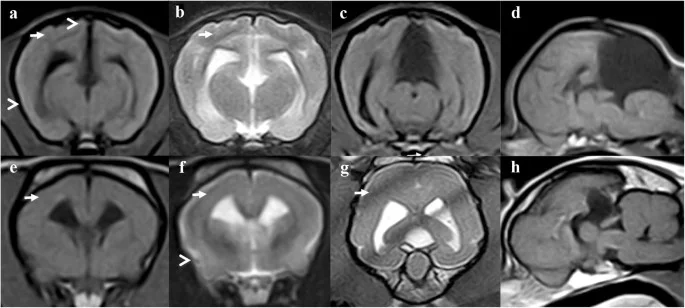
Encephalitis (Brain Inflammation)
This condition is caused by bacterial or fungal infections. Symptoms include confusion, seizures, and noticeable behavioral changes. Timely treatment is essential for recovery.
Hydrocephalus (Fluid in the Brain)
Hydrocephalus occurs when excess fluid builds up in the cranial cavity. Common symptoms include nausea, vomiting, and loss of appetite. In severe cases, surgical intervention is required.
Preventative Care
Regular veterinary check-ups are critical. Address any head injuries immediately to reduce risks of brain-related health issues. Early intervention ensures a healthy and active life.
Brain Size and Physical Activity Needs
Importance of Exercise for Brain Health
Physical activity supports both mental and physical health. Shih Tzus need 2–3 hours of light activity daily. It helps prevent obesity and improves their cognitive sharpness.

Stimulation Activities
To keep them mentally active, try these activities:
- Use puzzle toys to encourage problem-solving.
- Play training games to enhance memory.
- Take them for walks in new areas to stimulate their senses.
Fascinating Facts About Shih Tzu Brains
Cranial Capacity
The Shih Tzu’s cranial capacity ranges from 50 to 70 cubic centimeters, much smaller than larger breeds, which can reach up to 200 cubic centimeters. Despite this, they are highly efficient learners.
Adaptability
Shih Tzus excel in social interactions and problem-solving. Their small brain size doesn’t limit their intelligence or ability to form emotional connections.
Final Thoughts
Small brain size does not mean lower intelligence. Shih Tzus prove that intelligence is about emotional sensitivity and the ability to learn and adapt.
Shih Tzus are a blend of beauty, loyalty, and intelligence. Their ability to bond deeply with their owners makes them exceptional pets.
FAQs
How does a Shih Tzu's brain size compare to its body size?
Shih Tzus have brains that are relatively small compared to larger breeds but well-suited to their compact bodies. Their cranial capacity ranges from 50 to 70 cubic centimeters, enabling efficient functionality.
Does the size of a Shih Tzu's brain affect its behavior?
No, brain size doesn’t negatively impact behavior. Shih Tzus are known for their playful, affectionate, and loyal nature. Their intelligence and emotional sensitivity make them excellent companions.
Are there any specific health risks related to Shih Tzu brain size?
Shih Tzus can face brain-related issues like encephalitis and hydrocephalus. Regular check-ups and immediate care for head injuries can prevent these problems and keep them healthy.
What training methods work best for Shih Tzus given their brain size?
Positive reinforcement and consistency are key for training Shih Tzus. Incorporate interactive games and mental stimulation to help them learn commands and routines effectively.
